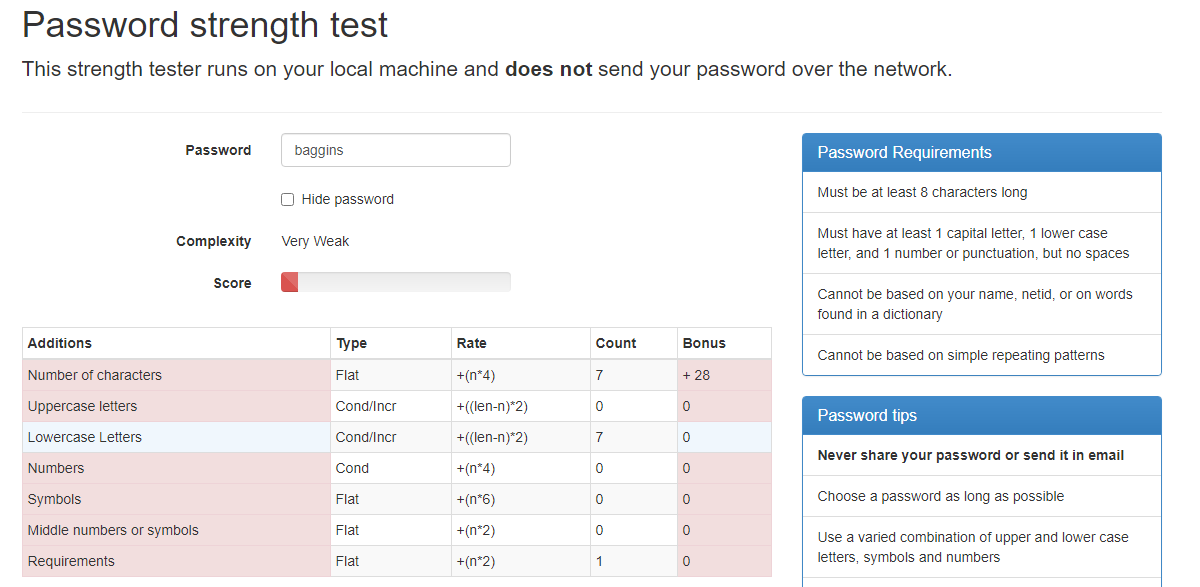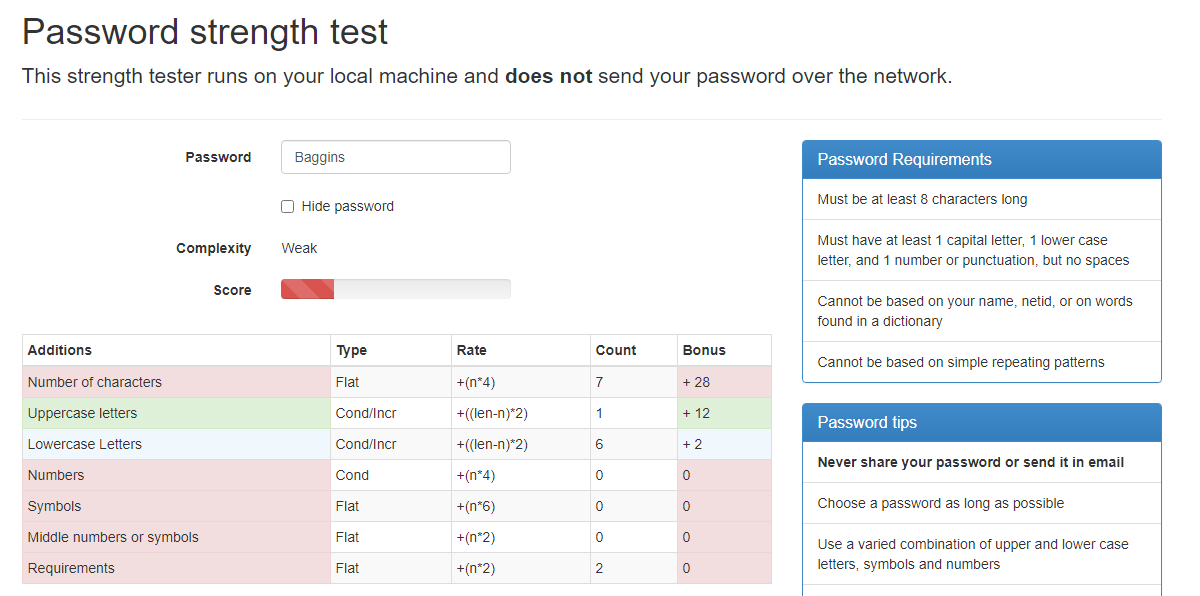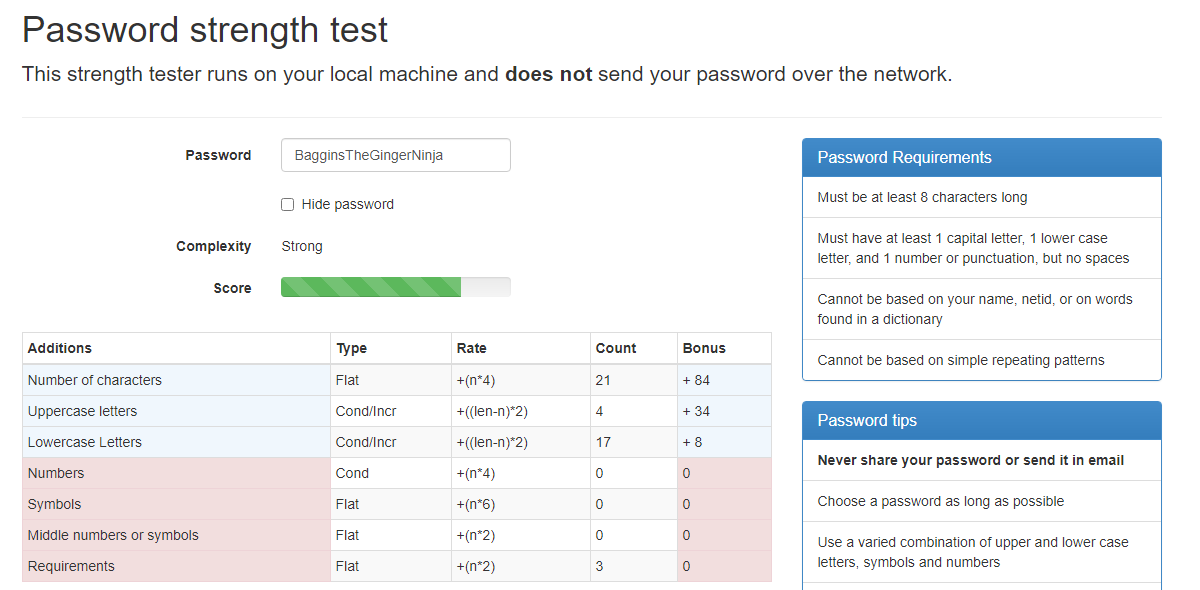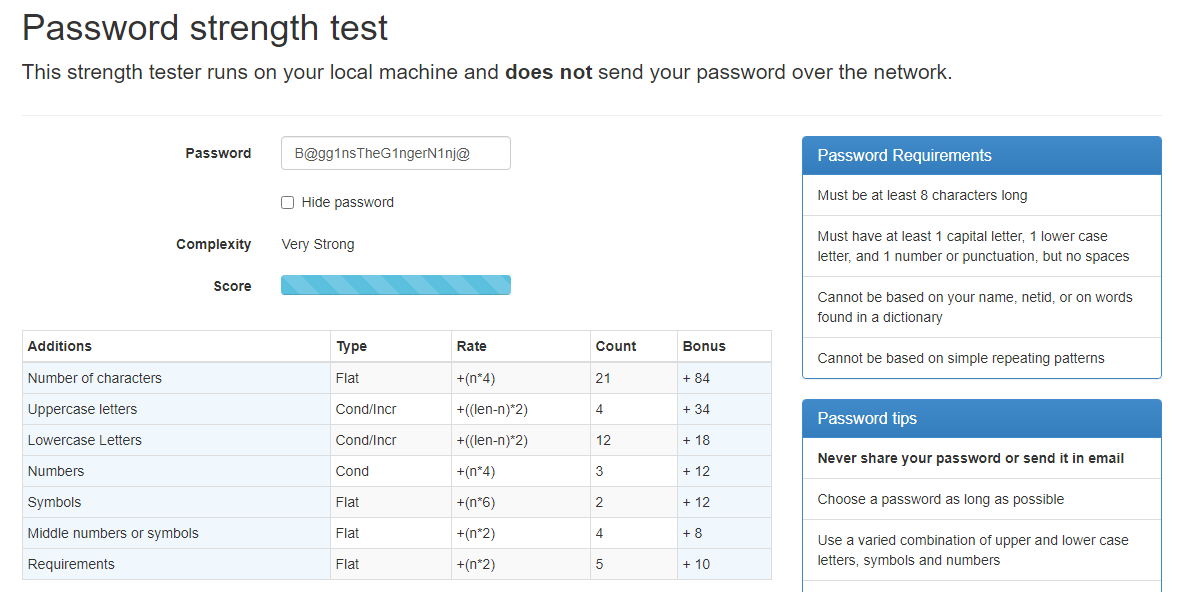Using Your Pet's Name as a Password? Here's How to Make It More Secure
Using your fluffy friend's name as your password is a surefire way to remember them better, but it does result in a weak password that a hacker can crack. Fortunately, there are ways to create a strong password that still keeps your favorite pet in the spotlight.
So why shouldn't you simply use your pet's name in login credentials? And how can you make your password stronger?
What's Wrong With Using Your Pet's Name?
At first glance, using your pet's name as a password seems like a genius idea. It's easy to remember, it isn't as obvious to guess as using your name or date of birth, and it lets you use a personal nickname that a hacker may not crack.
However, using only your pet's name as a password does leave it open for cybercriminals. As the BBC reported, hackers can glean your pet's name from your social media, or by simply plugging in common pet names until one works.
Unfortunately, millions of people use their pet's name as their password, which means that a huge number of accounts are vulnerable to a hacking attack.
Fortunately, there are ways we can turn your pet's name into a powerful password; we just need to apply some common password rules first.
How to Make a Strong Password With Your Pet's Name
To make a strong password, it needs to pass four basic checks first. As such, we'll be designing your password with these in mind.
These checks are:
- A mix of lower-case and upper-case letters.
- A decent number of characters, preferably over eight.
- A few numbers and symbols sprinkled in.
- A password that's unique to the website you're using the password for.
These four checks are just a few select ways you can make a strong password, and there are plenty of other tactics you can use to create a robust defense. However, these four are easy to implement and work well with pet names.
To make a robust password, you can't pick and choose which checks you abide by. You'll need to implement every single one for the best chance of preventing a hacker from getting into your account.
As we go through these steps, we'll pass the result through the University of Illinois (UIC) Password Strength Test to get a third-party opinion on how strong the password is. It's one of the options we covered in our guide to password checking tools, so be sure to check it out if you want to try out your own passwords.
Step One: Adding Lower-Case and Upper-Case Letters
First up, let's add some variance to your password. If your password is just your pet's name in lower-case, adding this step can give it an instant boost in strength.
For the first step, let's add some capital letters to the start of each word. For instance, if your password is "fido," it now becomes "Fido." Someone who has a hamster called nibbles will now have the password "Nibbles."
As for me, I'm going to use one of the past pets my family kept; a ginger cat called Baggins. And just so you know, I don't actually use Baggins' name in any of my passwords, just in case you get any nasty ideas!
If I create a password that's just "baggins," the UIC password checker doesn't like it at all.

However, by simply capitalizing the B in Baggins, that score jumps up by a considerable amount.

It's a huge improvement, sure; but this password is still weak.
This is why it's important to follow all four password rules instead of choosing just one or two.
Step Two: Increasing Character Length Using a Fond Memory
Now that we've got upper and lower-case characters, it's time to add some beef to our password. However, instead of adding random letters, numbers, and symbols, why not use a fond memory of your pet instead? That way, it'll be a lot easier to remember than random characters.
For example, if your dog Fido is an award-winner, you can make your password "FidoWonADogShow." If your hamster Nibbles once flew off their exercise wheel at high speed, you can try "NibblesFlewOffAWheel."
Note that these passwords still continue the rule we established in step one, where we use a capital letter at the start of each word. Doing so helps reinforce the password's defense even further, so be sure to add them in.
As for the password I'm making, my ginger cat Baggins was notorious for escaping. Every time we had to keep him in for some reason, he'd find a way to break out again. As such, he earned himself the title "Ginger Ninja." It's a really fond memory I have of Baggins, so I'm bound to remember it.
If I plug "BagginsTheGingerNinja" into the password checker, we can see the password has become a lot stronger.

Step Three: Add Numbers and Symbols to the Password
The problem with a password like "BagginsTheGingerNinja" is that it's still susceptible to dictionary attacks. This is when a hacker plugs in variations of words into the password field until it finds a hit.
Fortunately, we can stymie this tactic using numbers and symbols. This can be as easy as replacing letters in your password with numbers or symbols that look similar to them.
For instance, if I set the rule that every letter A is replaced with the at symbol (@) and every letter I is replaced with the number 1, "BagginsTheGingerNinja" becomes "B@gg1nsTheG1ngerN1nj@."
This new password receives a terrific score from the password generator.

If you're worried that someone may apply the same symbol and number logic as you to crack your password, you can also add memorable numbers to it. For instance, you can use your pet's adoption date or age at the time of password creation. That little personal touch will make it a lot harder to crack.
Step Four: Add a Unique Identifier to the Password
This password is solid, but even the strongest password in the world falls apart if you use it on every account you make. All it takes is one password leak and a hacker can access every account you've made.
As such, you need to create a set of rules for each account you create. For instance, if you use the password for Amazon, you can add something like "Azn!" or "Shopping" to the end. It's important not just to type out the website's name in the password, or else a hacker can easily change that part depending on what site they're trying to break into.
Using the Power of Pets for a Strong Password
Using your pet's name as a password alone leaves it weak to attack, but there are ways you can enhance it into a strong yet memorable line of defense. Now, you know how to protect your accounts online with the help of your fluffy friend.
If you want to pay them back for their assistance in your newfound protection, why not grab them a nice toy or some luxury food? There are plenty of online pet stores where you can order supplies with just a few clicks!
Image Credit: Sharomka/Shutterstock.com
source https://www.makeuseof.com/using-pets-name-password-make-secure/
Post a Comment for "Using Your Pet's Name as a Password? Here's How to Make It More Secure"
Comment when there are difficulties